During high school, lunchtime was really “debate incessantly about cars until sixth period begins.” Seriously. But those debates were remarkably simple: “Chevy trucks are way better than Dodge trucks,” “Yeah, like the Ram would ever lose to a junky Chevy,” and “You know what Ford stands for don’t ya?”
It was easy to participate. Pick a side (not Ford) and argue, in no scientific or educated fashion, why one vehicle was better than another. And when the bell rang, the consensus was nothing we said mattered anyway because one day, cars were either going to hover, fly, or be able to drive themselves.
What’s that saying? “If I would have known then, what I know now . . . ”
Land of Confusion
While a group of rowdy, C+ students in a rural Iowa community may have unknowingly predicted the autonomous car era after submarine sandwich day (Mondays), the rest of the world is somewhat in the dark about automated driving. That is according to a new study from CARiD, which surveyed over 1,000 people across a range of age groups, genders, income levels, and geographic regions to determine what they know and how they feel about autonomous cars.
The term “autonomous car” seems easy enough – as in a vehicle that would operate itself – but the CARiD survey indicates some misconceptions. For example, fewer than half (48 percent) correctly identified it as a vehicle controlled entirely by autonomous technology. About 40 percent believed the car could be operated by a human and/or still controlled by autonomous technology.
Around 11 percent said an autonomous vehicle was still fully controlled by a human, just with a few advanced tech features like self-park or blind spot monitors.
“I’m not sure anyone can properly define what an autonomous vehicle is yet,” explained Cliff Banks, Founder and President of The Banks Report, an automotive retail publication. “The SAE published its five levels of autonomy a while ago, and that probably helped confuse the issue as much as anything has.”
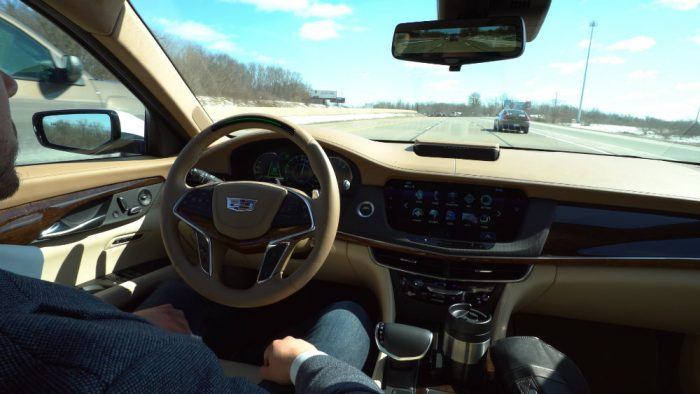
Cadillac’s Super Cruise feature can automatically steer, brake, and keep the vehicle positioned on the highway in certain, optimal conditions. Photo: Cadillac.
Not So Fast
The CARiD study highlights two areas of disconnect between the industry and the public, which may partly explain the misunderstandings about what an autonomous car actually is. The first disconnect is when autonomous cars will actually arrive. From our standpoint, most predictions set forth by proponents are rosy red. This is not to say autonomous driving cannot deliver on its promises – it likely can and will – but how soon that will happen is widely debated.
“Last year, there was all kinds of hoopla about the imminent arrival of autonomous vehicles and how the future of autonomous vehicles was coming at us fast and furious,” said Michelle Krebs, Executive Analyst, Autotrader. “I sense, especially since the fatal accident involving a pedestrian and an Uber autonomous vehicle in Arizona, that the brakes are being pumped on the exuberance.”
“Certainly, there will be niche applications in tightly controlled environments in the next year or so,” Banks added. “But mass adoption of driverless vehicles? Probably not for at least a decade.”
In CARiD’s survey, only 17 percent expect vehicles with full autonomous capability in the next five years, while 60 percent say it will take 10 to 20 years for cars to reach their autonomous peak. Almost a quarter (23 percent) think it will never happen.
“Autonomous vehicles are coming – in fact, they are here,” Krebs said. “The question is when will they be ubiquitous. I don’t think anytime soon.”
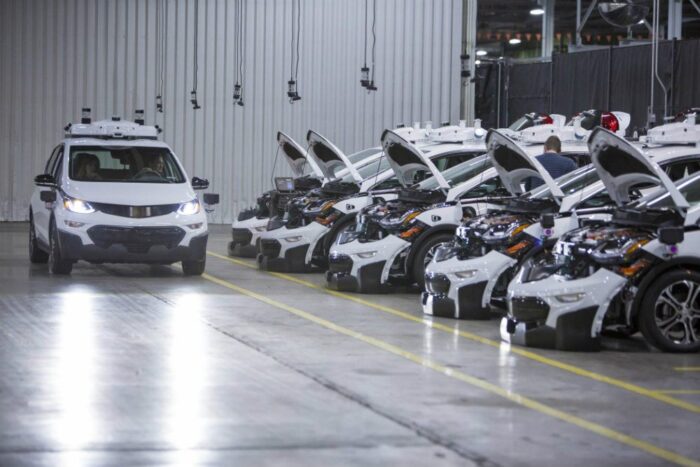
Self-driving Chevrolet Bolt EV test vehicles are assembled at GM’s Orion Township facility in early 2017. Photo: General Motors.
Perception Versus Reality
Automakers and manufacturers seem to adopt a “full steam ahead” mentality, sometimes communicating in marketing and press materials that autonomous driving is a given. The message seems to be “it’s coming, it’s going to be great, and that’s that.” Across the industry, a multitude of timelines have been thrown around as to when autonomous vehicles will arrive, from as soon as next year to as far away as 2025 (which really isn’t that far away). No matter how it’s sliced, according to the industry, we are all preparing to enjoy a piece of autonomous pie.
The benefits of autonomous driving are numerous, from a reduction in – if not outright elimination of – traffic fatalities to cleaner cities and less congested infrastructure. It’s possible these things will come to fruition, but we are wise to exercise a little discretion. The gradual arrival of autonomous vehicles in our society is unlikely to translate into immediate benefits.
“We still have numerous infrastructural, legal, and regulatory issues to work through, in addition to the huge technological challenges that are still there,” Banks said.
“There are a host of issues that still need to be considered, from ethics to insurance to infrastructure,” Krebs added. “Experts are acknowledging the technical challenges, especially related to pedestrians and bicyclists.”
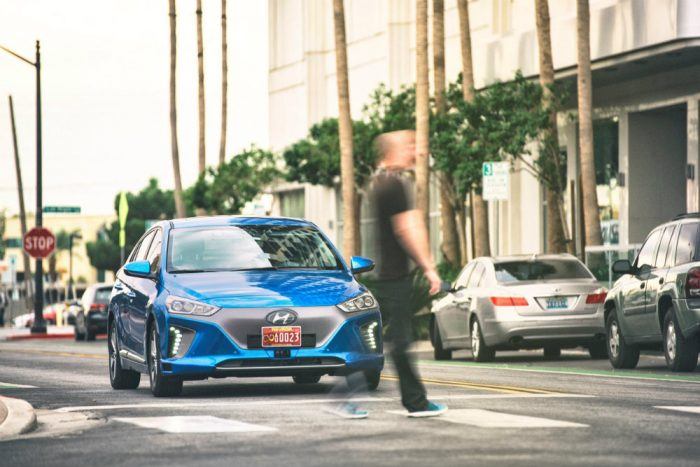
The autonomous Hyundai Ioniq uses an advanced form of LiDAR to scan the road for pedestrians. Photo: Hyundai Motor America.
Sobering Statistics
CARiD’s survey found that 55 percent think autonomous vehicles will greatly reduce, but not entirely eliminate, collisions and injuries. About a quarter (24 percent) think those rates will remain the same. The National Safety Council noted there were 40,000 motor vehicle deaths in the United States in 2016, marking a six percent increase from 2015 and a 14 percent increase from 2014.
“The price we are paying for mobility is 40,000 lives each year,” said Deborah A.P. Hersman, National Safety Council President and CEO.
National Safety Council data shows 2016 was the deadliest year on U.S. roads since 2007, and preliminary estimates indicate motor vehicle deaths dipped only one percent in 2017.
“This is a stark reminder that our complacency is killing us,” Hersman continued. “The only acceptable number is zero; we need to mobilize a full court press to improve roadway safety.”
Autonomous driving seems like the answer but not everyone is convinced.
“We’re still so very early that we can’t know how much safer autonomous vehicles will be,” Banks said. “The human driver is pretty safe when you consider the millions of miles driven per fatality.”
Great Power, Great Responsibilities
Automakers like Toyota are pushing forward, announcing plans to build an autonomous test track in Michigan. Ford and Tesla are hardly shy about their ambitions for autonomous driving, with Hyundai and Mercedes-Benz being just as vocal. BMW recently entered into a supplier partnership billed as the first of its kind for automated vehicles, while General Motors poured $100 million into two manufacturing facilities for autonomous vehicle production earlier this year. Volvo even asked Swedish families to help them develop autonomous cars.
And this is only scratching the surface. Advancements in the field are happening daily, to the point where it is nearly impossible to cover them all. For any automotive publication, there is no shortage of things to report on with regard to autonomous driving. Krebs believes the media needs to be forthcoming, something our grassroots publication agrees with immensely. Last year at AutoSens Brussels, we stated this ideology as part of our official editorial policy regarding autonomous driving.
“The automotive media’s responsibility is to be clear and accurate on what self-driving vehicles do and don’t do,” Krebs said. “The media will be key players in educating the public on autonomous driving.”
Awareness & Understanding
While over a third (35 percent) of respondents have recently seen or read a story on autonomous cars, 43 percent have gone one to three months without seeing anything. Almost a quarter (22 percent) say they have never read or seen a single story on autonomous driving. This is the second disconnect uncovered by CARiD’s study with regard to autonomous driving. Like two ships in the night, somewhere along the way, the media and the public seem to be missing each other.
“I think we in the media need to be careful to not over-sensationalize the topic – both from a negative and a positive perspective,” Banks explained. “Headlines – even more than the stories themselves – shape much of our thinking as a society. And we need to understand that.”
Banks, a lifelong automotive journalist, admits he even gets taken in by the hype surrounding autonomous vehicles.
“Companies are investing billions of dollars to develop the first truly self-driving vehicle that can operate in all environments and settings. And that means there will be firms pushing the envelope on getting this technology onto the streets,” he said. “When I read some of these headlines, even I get caught up in thinking self-driving vehicles will be on our streets in full force tomorrow. But the reality is far different. We should be skeptical of the claims made by executives touting the technology.”
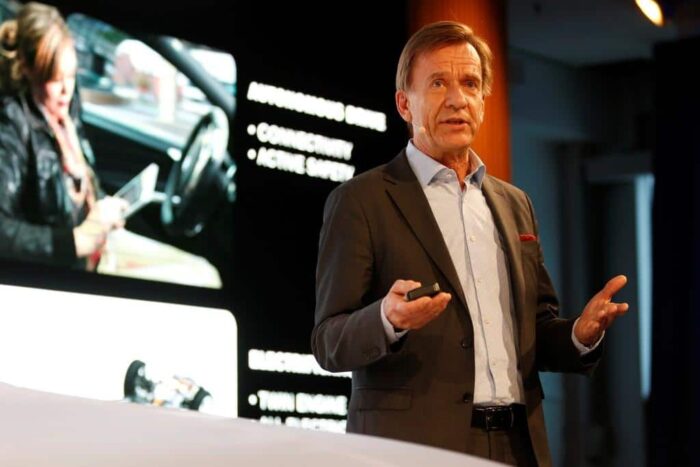
Håkan Samuelsson, Volvo Cars CEO, hosting the 2017 UN Global Compact Nordic Network in Gothenburg, Sweden. Photo: Volvo Car Group.
Future Considerations
The CARiD study analyzed other factors surrounding autonomous driving, including how the economy might change and what role the U.S. Government should play. According to Krebs, the American Center for Mobility in Ypsilanti, Michigan has partnered with Michigan State University, the state of Michigan, and the University of Texas to examine these ideas.
“Undoubtedly, it will impact the workforce,” she said. “For instance, drivers for ride-sharing services and delivery companies will be affected as those may be the early applications.”
“If autonomous vehicles become the norm, then truck drivers, taxi drivers, bus drivers, and Uber or Lyft drivers certainly will be impacted – and not in a good way,” Banks added. “I’ve watched Uber or Lyft drivers walk up to a house and help an elderly person down the stairs. Can an autonomous vehicle do that?”
One of the most telling findings, even if not that surprising given our American history, is the love for driving. The majority (75 percent) said, if given a choice, they would rather drive than ride autonomously. And even if everything were autonomous, 64 percent said they would still rather own “the pod” versus calling it up on their smartphone.
Winds of Change
I believe in autonomous driving and think it will achieve all it sets out to accomplish, but I am strongly contrasted by my fellow writers at this publication. I find myself an armchair champion for the cause of automated driving, but even I will admit: my beloved Dodge Charger R/T Scat Pack with its massive 6.4 Hemi would lose all its flare if it were suddenly autonomous. There is something about the autonomous age that clashes with the muscle car mantra. But that’s a story for another day.
In the meantime, CARiD’s study leaves us with some tremendous insights, identifying the gaps we need to close with the car-buying public. It’s a bold new era likely only to be realized by slow and steady collaboration, with a thorough understanding of how we are about to change the world as we know it.
“The potential of self-driving is huge – as significant as Henry Ford putting Americans on wheels,” Krebs said. “We can’t even fathom some of the challenges and possibilities.”
Carl Anthony is Managing Editor of Automoblog and resides in Detroit, Michigan. He studies mechanical engineering at Wayne State University, serves on the Board of Directors for the Ally Jolie Baldwin Foundation, and is a loyal Detroit Lions fan.
from Automoblog.net https://ift.tt/2jN0Lgj

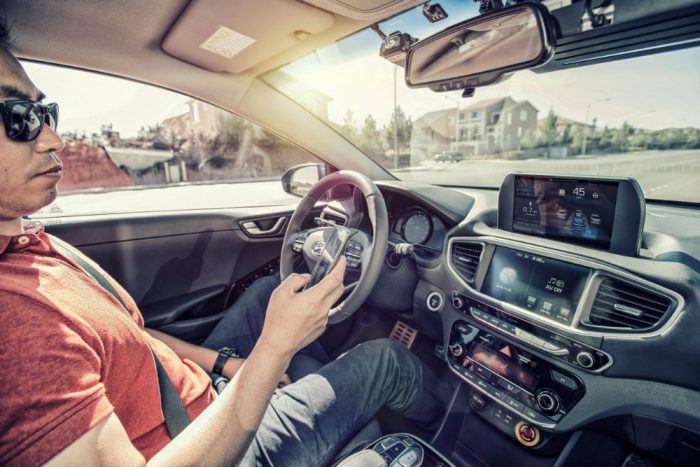
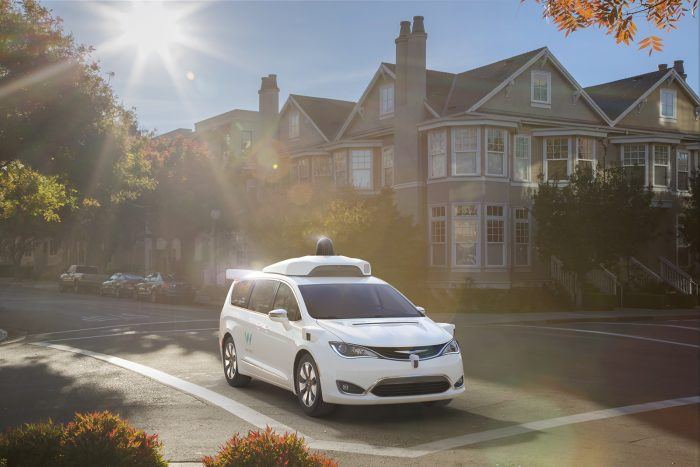
No comments:
Post a Comment